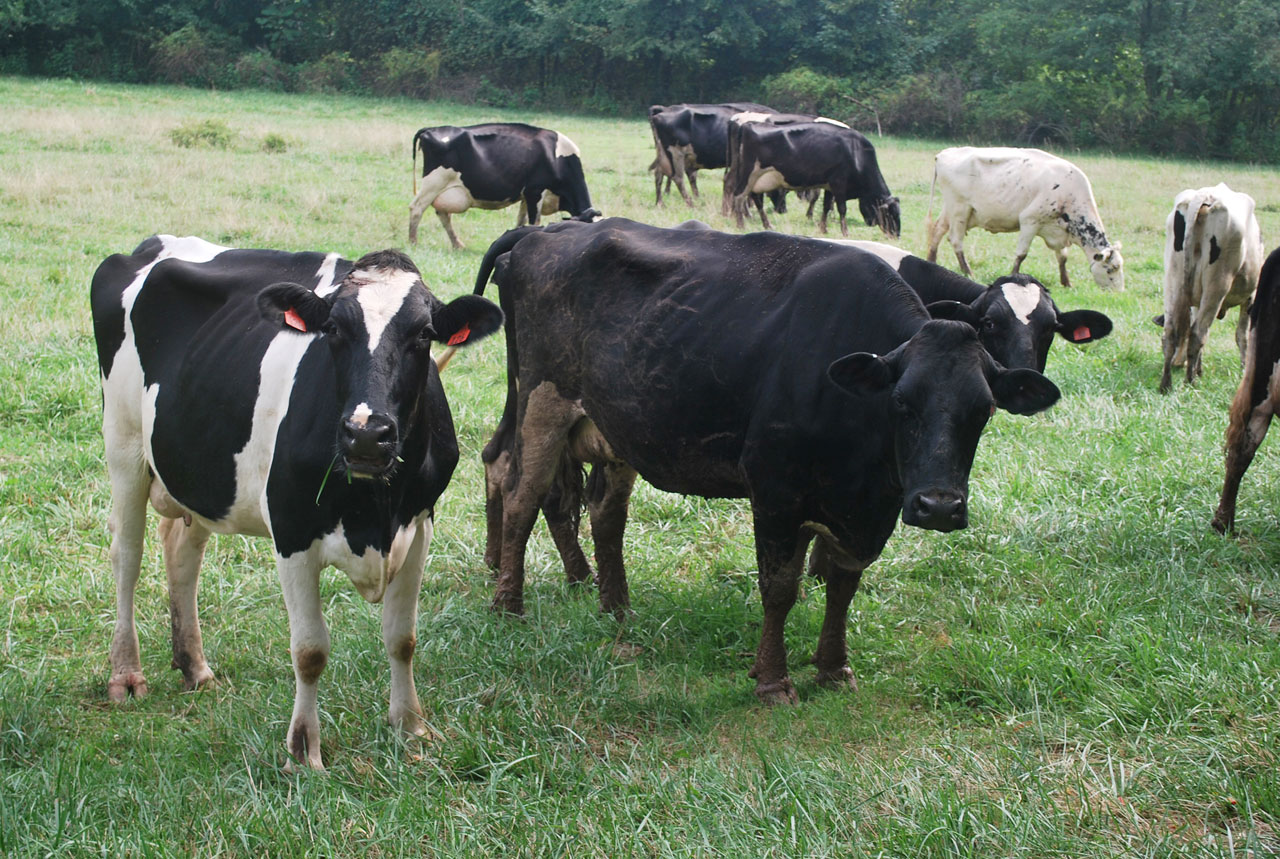
Wednesday, July 10, 2019 - Liver abscess (LA) is relatively common in feedlot cattle and older dairy cows, particularly with diets eaten in grain  content. The incidence is variable depending upon type of cattle, relative energy of the diet, and potential for clinical and subclinical acidosis, environmental change and other factors.
content. The incidence is variable depending upon type of cattle, relative energy of the diet, and potential for clinical and subclinical acidosis, environmental change and other factors.
LA develops when bacteria, typically, but not exclusively, Fusobacterium necrophorum (a gram-negative species) invade the liver. Other bacteria including Trueperella pyogenes (gram-positive) can also cause the abscesses. The liver “walls off” these bacteria, forming a visible abscess.
One of the difficulties in controlling liver abscesses is lack of outward signs, and the results only reveal themselves at slaughter and with reduced production efficiency for that lot of cattle. While the symptoms may go unobserved, the economic losses can be significant.
At slaughter, affected liver parts will be condemned. In severe cases, the entire liver and even adjoined organs and tissue can be condemned as well. Additionally, cattle suffering from LA may have reduced performance through poorer growth rate, decreased feed efficiency and reduced carcass weights. Severe liver abscesses may represent a loss of $52 per case. Estimated losses to the beef industry vary, with many estimates between $30 million and $60 million.
Some things to consider:
- Tylosin has traditionally been the antibiotic of choice to reduce liver abscesses. In recent years, there has been an increase in liver abscess occurrence despite use of tylosin. There has been a suggestion that tylosin may have lost some effectiveness due to microbial adaptation. Regardless of effectiveness, use of tylosin may become increasingly restricted in agriculture given the antibiotic’s role in human medicine.
- One possible solution is use of diets with less grain and more forage. Economically, this is not an effective solution due to reduced growth rates and increased net feed costs.
- There have been a couple of attempts at developing vaccines with varied success. They appear to be more effective in cattle with a lower risk of LA than when the risk is greater.
- Another approach is to look toward methods and products that improve gut health to help prevent the absorption of pathogenic bacteria. “Leaky gut” can result from heat stress, reducing the barrier to systemic infection. Both heat and cold stress can result in increased oxidative conditions, affecting gut and liver health and the ability of these tissues to repair themselves.
- Other factors that can lead to leaky gut are the mycotoxin group of trichothecenes. The most common of this group are vomitoxin and T2, both of which can affect the gut lining. These mycotoxins can also result in proteins leaking out into the gut, which can cause overgrowth of perfringens.
- Mycotoxin levels in grain have increased over the years due primarily to a change in crop production, i.e., increased no-till. Plant breeders have improved some plant tolerance, but the plants often do this by incorporating mycotoxin into cell walls which will be released when the crop is consumed by animals.
- One non-antibiotic support for liver health may be the incorporation of phytogenic compounds such as essential oils. Many of these products have anti-inflammatory and antioxidant properties that can result in greater gut health.
- Researchers are also looking at the potential of yeast and yeast cell wall products to reduce LA. Additionally, yeast products may modify rumen fermentation to reduce the deleterious bacteria in the first place.
In summary: Liver abscesses remain a problem in modern feedlot operations. We know the main species of bacteria involved, but unknown contributing factors including weather conditions and potential mycotoxin contamination have not been fully explored.
Learn More at this Link